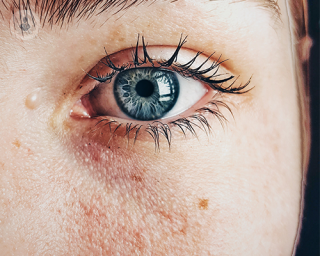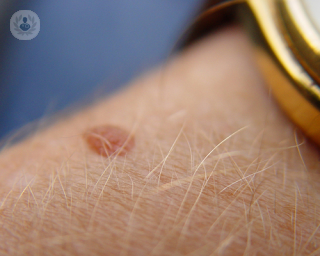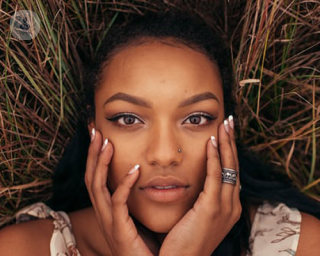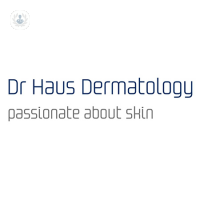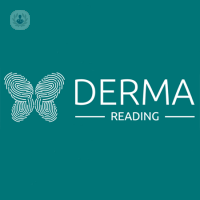Photodynamic therapy
Dr Anne Farrell - Dermatology
Created on: 11-13-2012
Updated on: 08-21-2023
Edited by: Aoife Maguire
What is photodynamic therapy?
Photodynamic therapy is a method indicated for the treatment of certain skin lesions. It is a minimally invasive technique based on the application of light to the skin, above a photosensitive cream, in order to attack affected cells only, without affecting healthy cells.
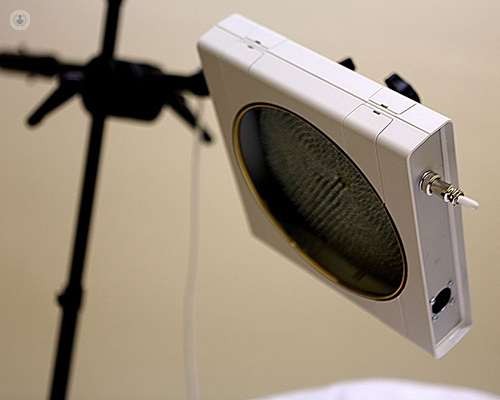
The advantage of this technique is its ability to improve the patient’s quality of life, given that its minimally invasive nature avoids surgery and a hospital stay. Moreover, no complications or side effects have been reported.
Why is it done?
Photodynamic therapy is indicated for the treatment of several skin conditions, such as the following (non-exhaustive list):
- Rosacea and certain types of acne
- Some types of skin cancer, such as basal cell or squamous carcinoma.
- Fine wrinkles and aged skin
- Sun damage such as liver spots
- Scars.
Hence, in addition to repairing skin lesions, this treatment also increases the oxygenation, luminosity and smoothness of the skin, eliminating toxins.
What does it involve?
First, a photosensitising cream is applied to the area of the skin to treat. Then the area is irradiated with a dose of red light. This technique provokes a photochemical reaction that destroys atypical or impaired cells, without damaging healthy cells.
The patient may remain with their head covered and the photosensitising cream applied for up to 3 hours, to ensure absorption. Next, the light exposure step usually takes around 10 minutes, varying by patient. After the session, the patient can immediately resume their normal routine.
The dermatologist may recommend the application of photoprotective creams for at least 48 hours after the treatment.
Preparation
You will have to obtain the cream at a pharmacy, then store it between 2-8ºC, e.g. in a fridge. Other than remembering to bring the cream to the session, there is no other preparation required.
Nevertheless, you will have to tell the dermatologist about your health and medications, given that photodynamic therapy is contraindicated in pregnant women and patients with lupus or porphyria.
Alternatives to photodynamic therapy
There are other options available, depending on the condition being treated.
For example, in the case of sun lesions, laser and surgery may be used to eliminate them. In the case of wrinkles and expression lines, there are several techniques that may be used, such as a lift procedure or implantation of substances such as hyaluronic acid or botulinum toxin. Finally, in the case of lesions believed to cause skin cancer, the usual treatment is radiotherapy and chemotherapy.

